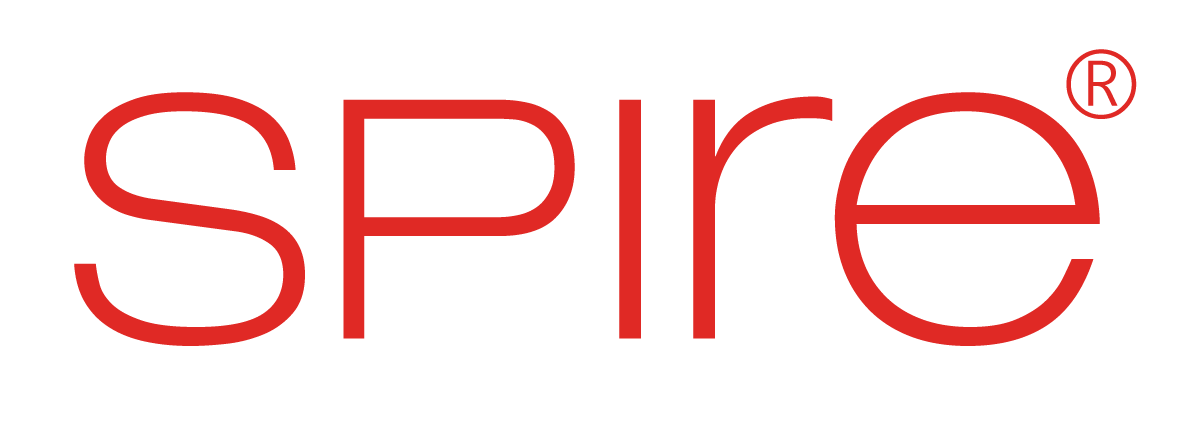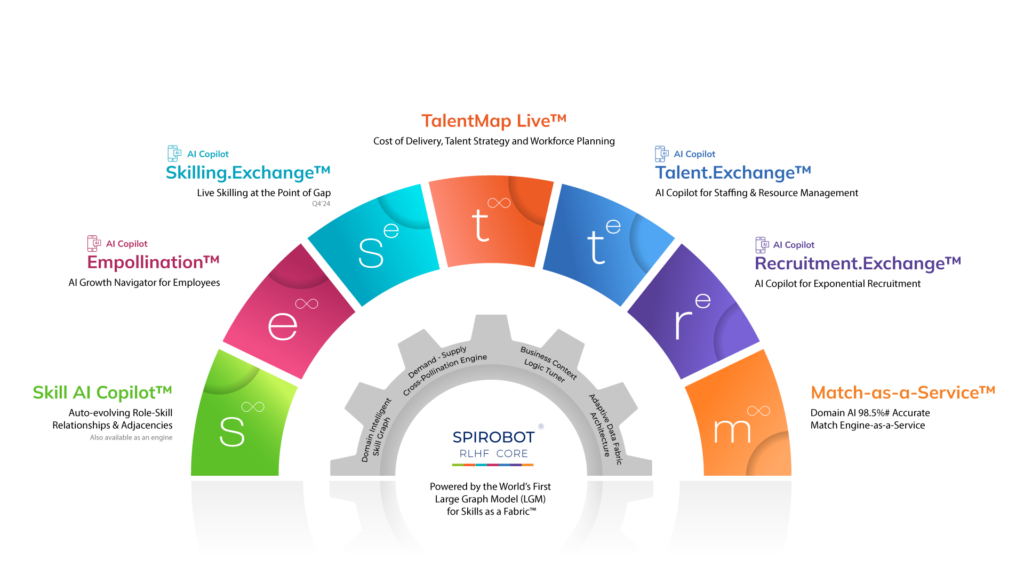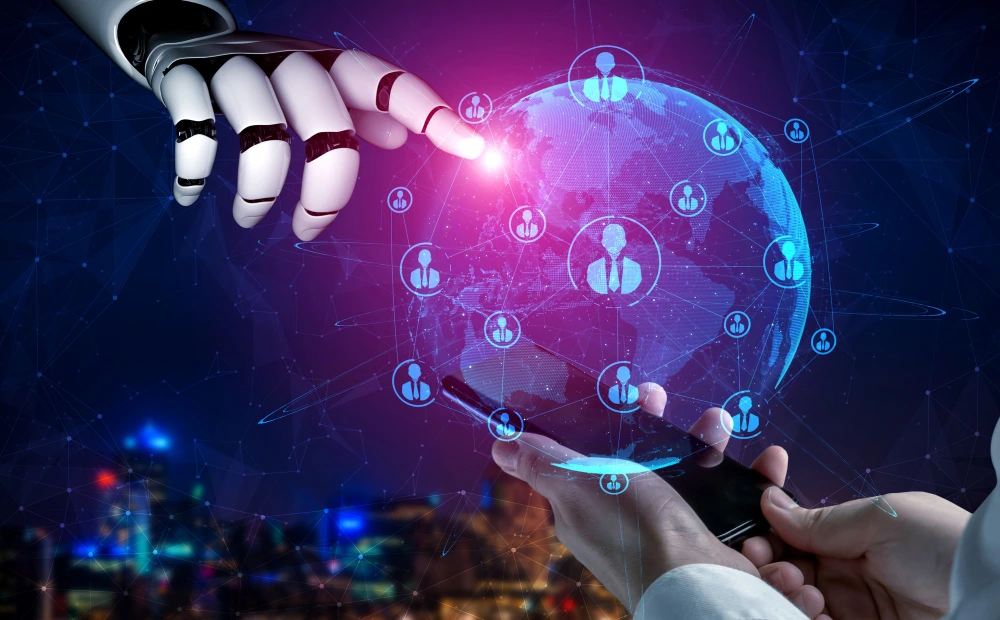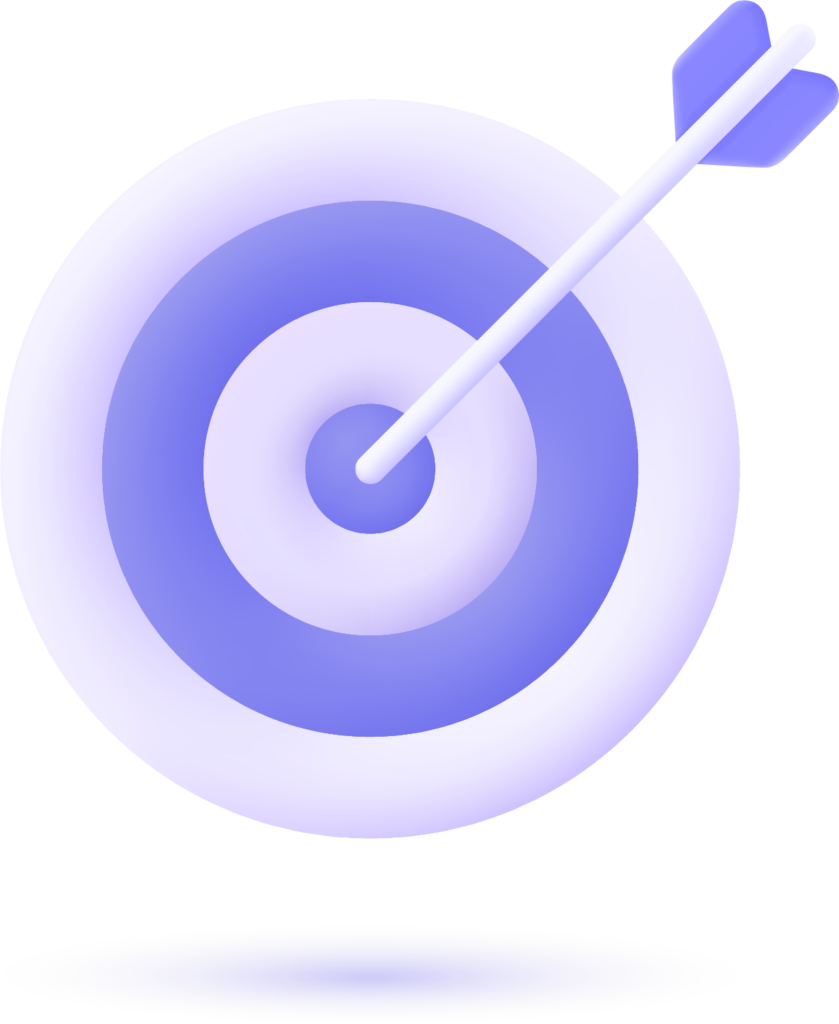In today’s competitive business environment, organizations must ensure they have the right talent in place to drive success, innovation, and adaptability. Workforce planning is crucial to meeting business goals by forecasting talent needs, while talent development ensures employees are equipped with the skills necessary to meet evolving demands. However, a significant disconnect often exists between these two functions, leading to skill gaps, workforce inefficiencies, and missed growth opportunities.
Many organizations struggle with fragmented data, siloed HR processes, and outdated approaches that fail to align workforce planning with talent development. Without a cohesive strategy, businesses risk being reactive rather than proactive, unable to anticipate future skill requirements or prepare employees for emerging roles.
Artificial intelligence (AI) is revolutionizing the way organizations bridge this gap. With AI-driven insights, companies can create data-backed, forward-looking talent strategies that align workforce planning with talent development. AI-driven solutions enable organizations to predict workforce trends, personalize employee learning journeys, and ensure that businesses stay ahead of skill demands rather than scrambling to catch up.
The Intersection of Workforce Planning and Talent Development
Workforce planning and talent development are two sides of the same coin, yet they have historically been managed as distinct functions within organizations. Workforce planning identifies the talent requirements essential to achieving business objectives, ensuring that organizations are prepared for both immediate and long-term demands. However, without a complementary talent development strategy, organizations often find themselves struggling with skill shortages, underutilized resources, and a workforce that is not aligned with strategic priorities.
Talent development, on the other hand, is dedicated to nurturing employees’ skills through upskilling, reskilling, and career growth initiatives. Its primary objective is to prepare employees for future roles and responsibilities. However, if talent development is not integrated with workforce planning, training programs may lack direction, fail to address emerging business needs, and result in wasted resources.
The challenge lies in effectively merging these two areas to create a seamless and strategic approach to workforce readiness. A misalignment between workforce planning and talent development often leads to inefficiencies.
- Disparate data sources: Many organizations use disconnected HR systems that do not communicate with each other, leading to fragmented workforce intelligence and limited visibility into current and future talent capabilities.
- Limited forecasting capabilities: Traditional workforce planning methods rely on historical data and static models, making it difficult to anticipate skill requirements in an evolving market.
- Reactive talent development: Many companies adopt a short-term approach to training, only addressing skill gaps when they become critical rather than proactively preparing employees for future needs.
- Inefficient training investments: Without clear alignment with business objectives, learning and development programs may not contribute meaningfully to long-term workforce agility and performance.
Bridging this gap requires a unified, forward-thinking approach, one that leverages data-driven insights and predictive analytics to create a dynamic talent ecosystem. AI offers the technological foundation needed to synchronize workforce planning with talent development, ensuring that organizations not only have the right talent at the right time but also cultivate a workforce prepared for future challenges.
How AI Optimizes Workforce Planning and Talent Development
AI enables organizations to synchronize workforce planning with talent development through automation, data intelligence, and predictive analytics. By using advanced technologies like Domain-AI and Large Graph Models, AI enhances talent strategies in the following ways.
1. Predicting Future Skill Needs
AI models continuously analyze workforce data, market trends, and industry shifts to anticipate emerging skill requirements. This predictive capability allows organizations to design strategic training programs and workforce initiatives that proactively prepare employees for future skills, reducing dependency on external hiring.
AI can also assess workforce readiness for future demands, identifying gaps before they become critical business issues. By leveraging real-time labor market insights, organizations can gain a competitive edge in preparing for emerging industry shifts.
2. Personalized Talent Development
Traditional talent development programs often apply a standardized approach that does not account for individual employee strengths, aspirations, or organizational priorities. AI changes this by curating personalized learning and development plans and leveraging data on employees’ existing skill sets, career trajectories, and industry trends.
With AI-driven recommendations, organizations can implement customized learning pathways that maximize employee engagement, skill acquisition, and long-term career growth. By dynamically adjusting recommendations based on evolving business needs, AI ensures that employees receive the most relevant skill-building opportunities.
3. Intelligent Workforce Planning
AI-powered workforce planning tools utilize real-time analytics to provide organizations with comprehensive insights into workforce trends, potential skill gaps, and succession planning. This enables HR leaders to take a proactive stance by aligning workforce strategies with long-term business objectives, ensuring that critical roles are filled with qualified employees at the right time.
AI-driven workforce simulations allow organizations to model different workforce scenarios, optimizing headcount planning and resource allocation.
4. Optimizing Internal Mobility
AI enhances internal mobility by identifying employees with transferable skills suitable for evolving roles. By mapping employee competencies and aspirations against business needs, AI facilitates efficient career transitions within the organization.
This reduces recruitment costs, improves employee retention, and fosters a culture of internal talent mobility, ensuring that organizations capitalize on their existing workforce potential. AI-powered career pathing tools help employees explore new growth opportunities, making talent mobility a seamless and data-driven process.
5. Automated Learning Recommendations
AI-driven learning platforms analyze employee performance, past training records, and evolving business objectives to recommend highly relevant training modules. This automation ensures that employees receive continuous development opportunities tailored to their career aspirations and the company’s strategic direction.
AI also measures learning effectiveness by tracking progress and adapting recommendations to improve skill retention and job performance. By continuously refining learning paths, AI ensures training investments deliver tangible business outcomes.
6. Workforce Agility and Adaptability
In industries experiencing rapid technological or market shifts, workforce agility is essential. AI enables organizations to adapt quickly by dynamically adjusting talent strategies in response to industry disruptions. AI-powered scenario planning helps organizations prepare for workforce contingencies, allowing businesses to mitigate talent shortages, maintain operational efficiency, and stay competitive.
AI-driven workforce agility solutions enhance an organization’s ability to realign talent resources as business priorities evolve.
7. Data-Driven Decision Making
AI consolidates workforce and talent development data into a single, actionable intelligence platform. By integrating data across HR functions, leadership gains a holistic view of workforce capabilities, skill gaps, and emerging talent trends. This data-driven approach empowers decision-makers to allocate resources effectively, prioritize high-impact talent strategies, and make informed workforce planning decisions that drive long-term business success.
AI enables predictive analytics to highlight workforce risks and opportunities, ensuring organizations stay ahead of talent demands.
Spire.AI: Bridging the Gap with Domain-Intelligent AI
For organizations aiming to integrate workforce planning with talent development, Spire.AI offers a robust, AI-powered solution designed to precisely meet industry-specific needs.
Spire.AI’s Domain-Intelligent and Large Graph Model for Skills
Spire.AI uses a Domain-Intelligent AI approach, leveraging deep industry insights to assess workforce needs with exceptional precision. Unlike traditional AI models, Spire.AI is tailored to understand the unique challenges faced by specific sectors, ensuring that talent strategies are aligned with the distinctive demands of each business.
By analyzing millions of skill data points from across industries, Spire.AI refines workforce intelligence and offers tailored recommendations that address real-world business needs, helping organizations stay ahead of the curve.
In addition to its Domain-Intelligent AI, Spire.AI’s Large Graph Model (LGM) for Skills maps workforce capabilities at scale, enabling organizations to visualize and track talent dynamics in a clear, actionable manner. This model empowers businesses to:
- Identify and visualize skill adjacencies: Spire.AI uncovers overlapping competencies across roles, enabling employees to transition smoothly into emerging roles with minimal training. This also helps businesses quickly address talent gaps by recognizing which employees have the potential to take on new responsibilities with the right guidance.
- Enhance workforce agility: Proactively address skill shortages by using AI to pinpoint areas where the workforce is lacking critical competencies. By addressing these gaps early, Spire.AI ensures that businesses are equipped to pivot quickly and adapt to changing market conditions.
- Develop tailored learning pathways: Spire.AI recommends personalized, AI-driven learning pathways based on individual employee skills, career trajectories, and business objectives. This ensures that employees acquire the high-value skills required to meet both current and future business needs.
- Improve workforce forecasting: By leveraging real-time data and predictive analytics, Spire.AI enhances workforce forecasting, helping businesses refine hiring and training strategies. This proactive approach reduces the risk of misalignments between talent supply and business objectives, ensuring that the right people are in the right roles at the right time.
By integrating Spire.AI’s intelligent AI-powered solutions with workforce planning and talent development, organizations can build a future-ready workforce that is aligned with strategic business goals. Rather than reacting to talent shortages or skills gaps, businesses using Spire.AI can take a proactive approach, empowering their workforce to meet new challenges head-on.
In Conclusion
As the demands of the modern workforce continue to evolve, organizations must take a strategic and proactive approach to workforce planning and talent development. AI provides the intelligence and automation necessary to bridge the gap between these functions, ensuring that businesses can anticipate future needs and build a resilient, future-ready workforce.
For organizations looking for a solution to seamlessly integrate workforce planning and talent development, Spire.AI provides the advanced tools necessary for a smarter, more strategic approach. By leveraging Spire.AI’s Domain-Intelligent AI and LGM for Skills, organizations can not only anticipate talent needs but also develop targeted strategies to upskill employees and optimize internal mobility.
Spire.AI’s intelligent, data-driven approach helps businesses build personalized learning pathways, develop predictive workforce plans, and enhance overall talent management, positioning organizations to meet future challenges with agility and confidence. By embracing Spire.AI’s solutions, organizations can ensure they stay ahead of talent gaps and workforce disruptions, fostering a sustainable, competitive edge in an ever-evolving market.
AI has transitioned from an emerging technology to a critical resource for organizations striving to stay ahead of the competition. By integrating AI into workforce planning and talent development, businesses can cultivate a smarter, more adaptive, and strategically aligned workforce, ready to meet the challenges of tomorrow.







